5 theories of the Easter Egg Painting Customs in Greece
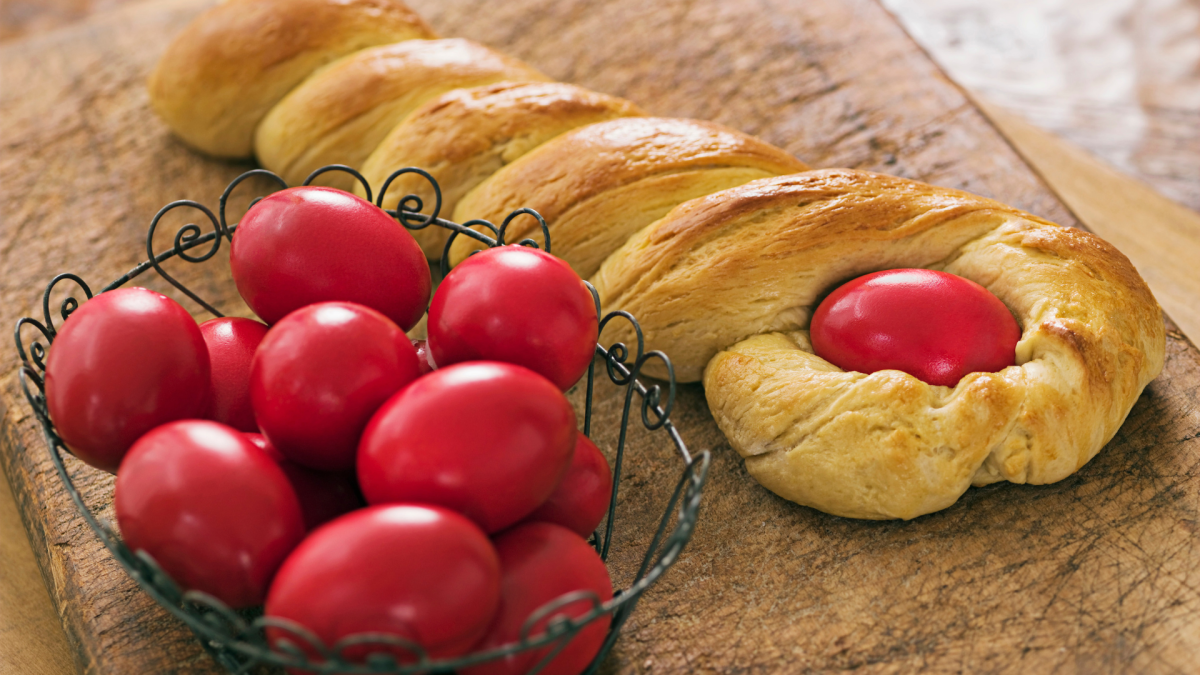
In this article, we focus on 5 theories of the Easter egg painting customs in Greece. These are the most famous explanations for the Easter egg painting customs.
There is perhaps no more characteristic image for Easter than the painted eggs that either appear in a beautifully decorated basket or are in our hands, ready to crack.
However, Easter eggs are not Greek originality, as it exists as a custom of Easter in other religions, regardless of Christian theology. Nevertheless, how did this tradition begin? Unfortunately, there is no definite answer to this question. However, there are various explanations as to how hard-boiled, painted eggs ended up being part of the Christian Easter tradition.
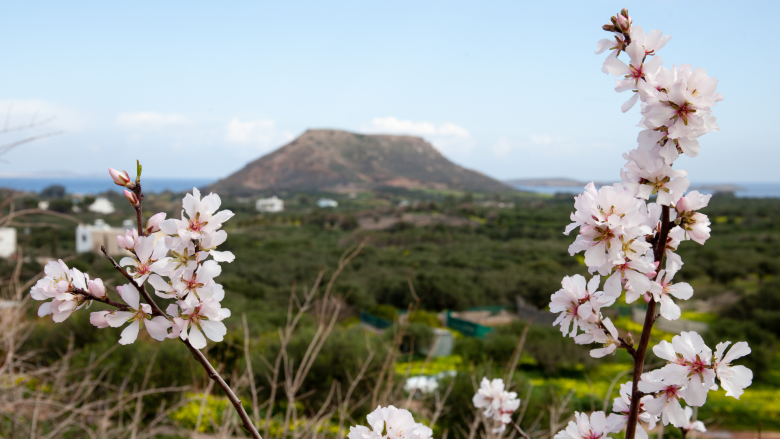
Spring Celebration
Eggs often had their place of honor at pagan worship events and Spring celebrations. Symbols of rebirth and new life, eggs are the best symbol in the celebrations for the rebirth of nature after winter.
Not infrequently, they were decorated appropriately to fit the spirit of the holiday. While being given as a gift to family and friends. One can easily see how the rebirth brought by Spring is connected with the resurrection of Jesus. They are both in the middle of the same season. For this reason, many claim that the Christians adopted the tradition of decorating eggs and offering them as a gift. The Christians included it in the Easter celebrations.
A Tradition originating from Mesopotamia
Early Christians in Mesopotamia used to paint eggs red to symbolize the blood of the Godman shed at His crucifixion for the salvation of mankind, which ran from Catholicism and ran from 1878 to 1908. As noted, the Church adopted this tradition, continuing it to this day.
The Contribution of the English king
It is not excluded that King Edward I of England also contributed to the spread of the tradition of painted eggs during the Easter celebrations. In the 13th century, Edward ordered 450 eggs. He wanted them painted and decorated with a gold leaf. Which he then donated to members of his court.
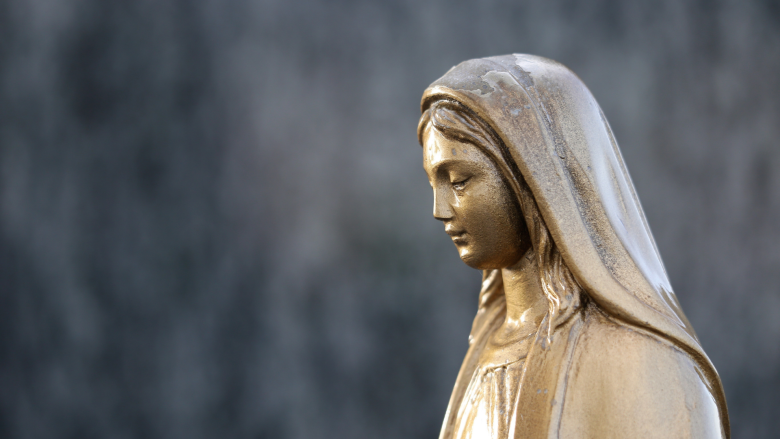
The Legends with Mary Magdalene
Many legends want Mary Magdalene to have played a key role in the egg painting tradition. One version focuses on Mary Magdalene’s visit to the tomb of Jesus, three days after His Resurrection. The woman had a basket of boiled eggs with her in order to share them with the other Myrrhbearers. According to legend, when she arrived at the tomb only to find out that the stone had been moved and that the tomb was empty. Surprisingly, the eggs were a bright red color!
Another tradition wants Magdalene to address the Roman emperor Tiberius Caesar, announcing the resurrection of Jesus. “As long as He rose from his memory, these white eggs will turn red”. The emperor replied, pointing to a basket of eggs. Depending on the version the basket was either next to Caesar, or were on the table, or with Magdalene. As you can guess, the eggs immediately turned red, leaving Tiberius speechless.
Traditions with the Mother of Jesus
On the other hand, some legends of the Eastern Orthodox Church want Jesus’s mother, Mary, to be behind the tradition of painted eggs, not Mary Magdalene. Mary, as it is known, at the Crucifixion of Jesus is on Golgotha and watches the martyrdom of Her Son. Based on the legends, she carries eggs. According to one version, the blood of Jesus falls on the eggs, staining them red.
According to another version, the Virgin Mary mourns, begging the soldiers on the cross not to treat Her son like that. Therefore, she offers them eggs and as Her tears fall on them, they paint the shell a bright color!
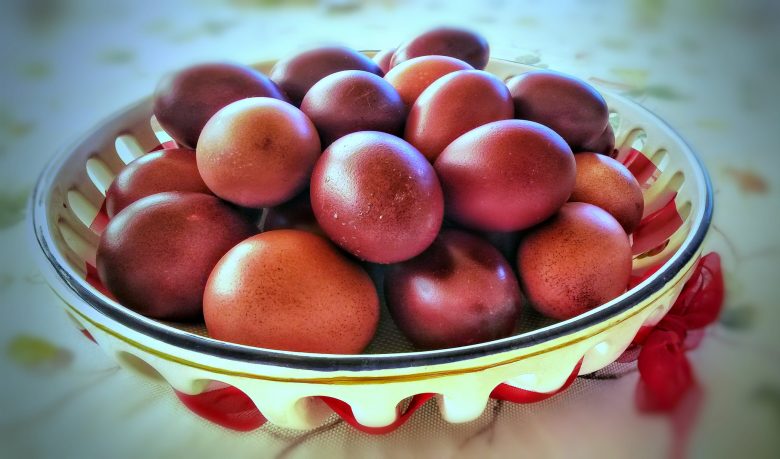
The Cracking of the Eggs
As for the rite of passage, tradition wants to symbolize the ruined entrance to the tomb of Jesus after His Resurrection. Hence the cracking takes place after the Resurrection.
At the same time, according to another tradition, the breaking of the shell itself symbolizes the resurrection. Just as the spinner breaks the shell of the egg and comes out into the light of life, so the God-man breaks the shackles of death and comes back to life. In any case, the Greek tradition wants the first egg that is painted in every house, to belong to the Virgin Mary. This egg is not allowed to be cracked.
It should be noted, that the cracking of eggs as a game is also detected in the British folk tradition. As is the case today, one holds a boiled egg and the “opponent” tries to break it, without destroying his own. And of course, there were irregularities with some using imitation eggs from different materials, in order not to break!
We can find references to the tradition of egg-cracking in medieval times, in various parts of Europe, such as Croatia and Poland.
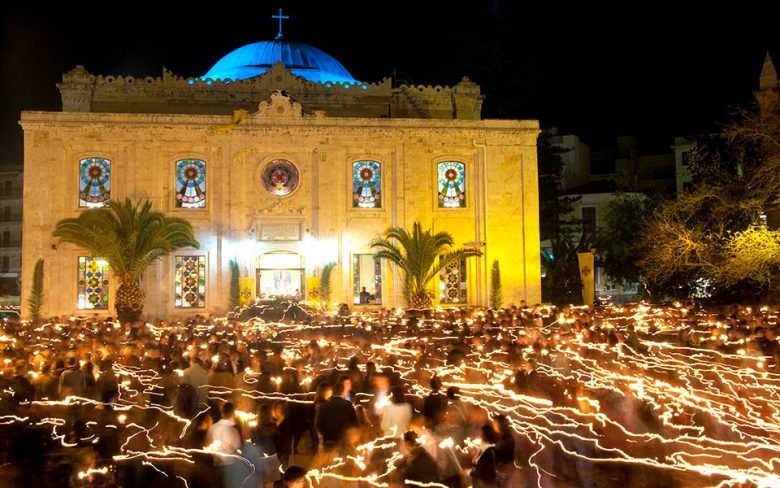
Elissos Easter and Spring Blogs
Orthodox Easter in Crete: Traditions & Customs
Orthodox Easter customs were many in the past, but as time goes by, many of them begin to fade. Some Orthodox Easter traditions are unfortunately completely lost, and others seem strange and odd today. However, many of these traditional customs in the villages of Crete have not changed much, and continue to this day.
In this article, we analyze the religious and culinary traditions in Crete during Orthodox Easter. We begin with the traditions of the Holy Week and continue with the customs of Easter Sunday and Monday to end with the gastronomic delights Cretans eat during the Great Lent. Enjoy!
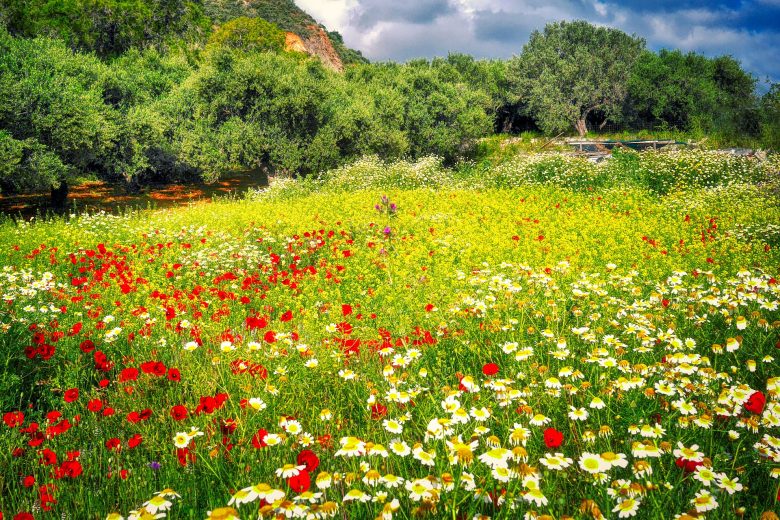
Spring in Crete: Must-Sees, Must-Easts & Must-Dos
Spring in Crete is a beauty waiting for you to uncover. In this article, we have selected the most authentic ways for you to experience the very famous landmarks of Crete and the most traditional taverns to taste local delicacies.
There are destinations that, in the minds of most people, are ‘summery’ or ‘wintery’ or ‘springy’. Sometimes the experience of breaking these molds, and traveling to winter destinations in the summer and vice versa, is fascinating. Crete is one of those cases! The experience becomes even more exciting if you consider that spring is almost summer. With warm sunny days, perfect towns, and a hinterland ideal for hiking in flowery landscapes.
